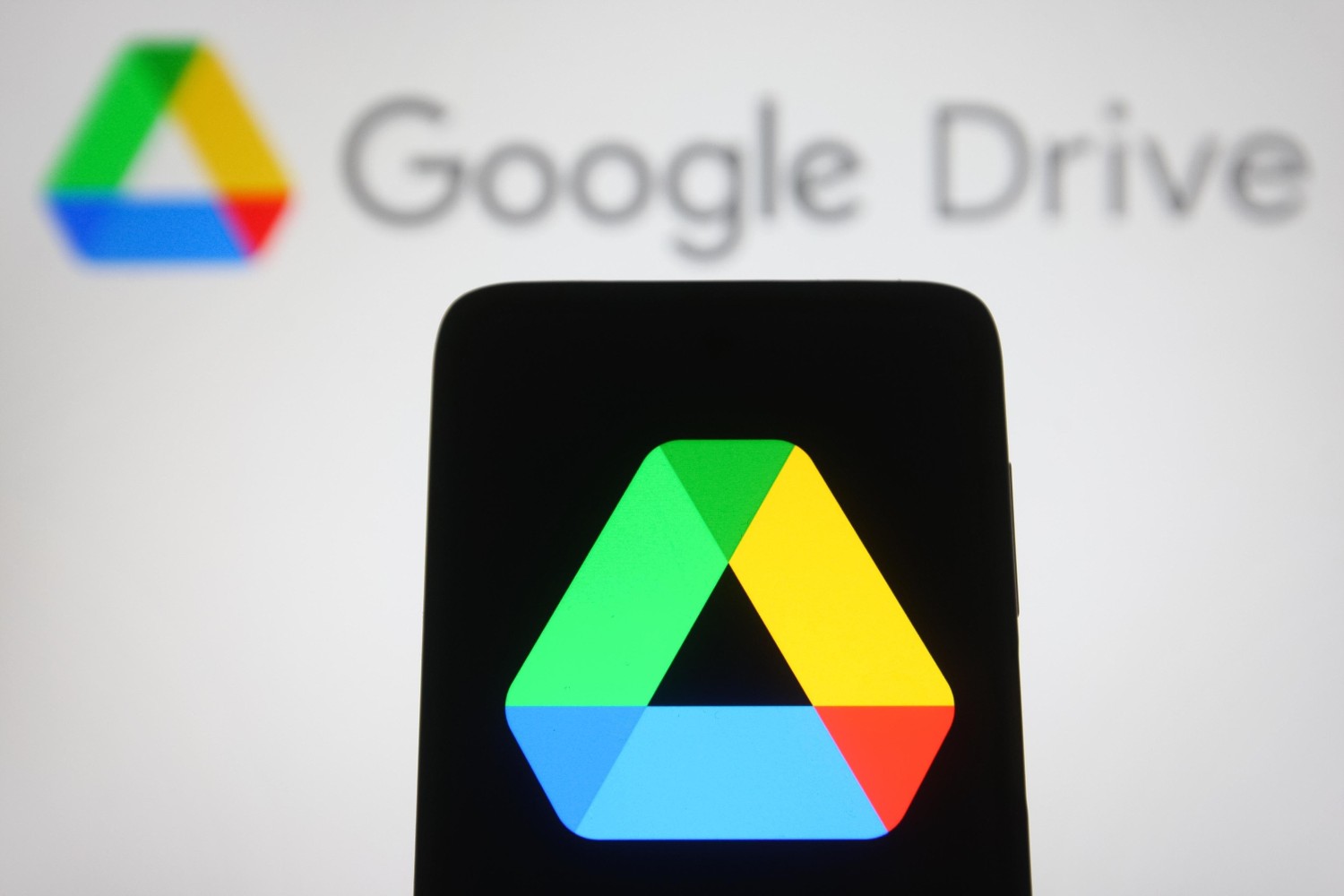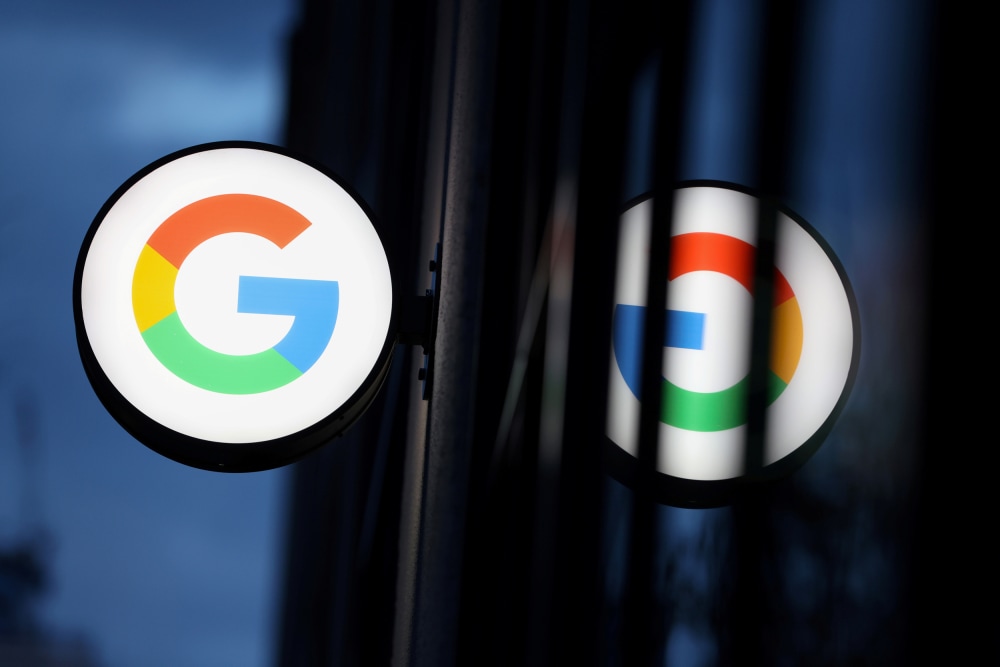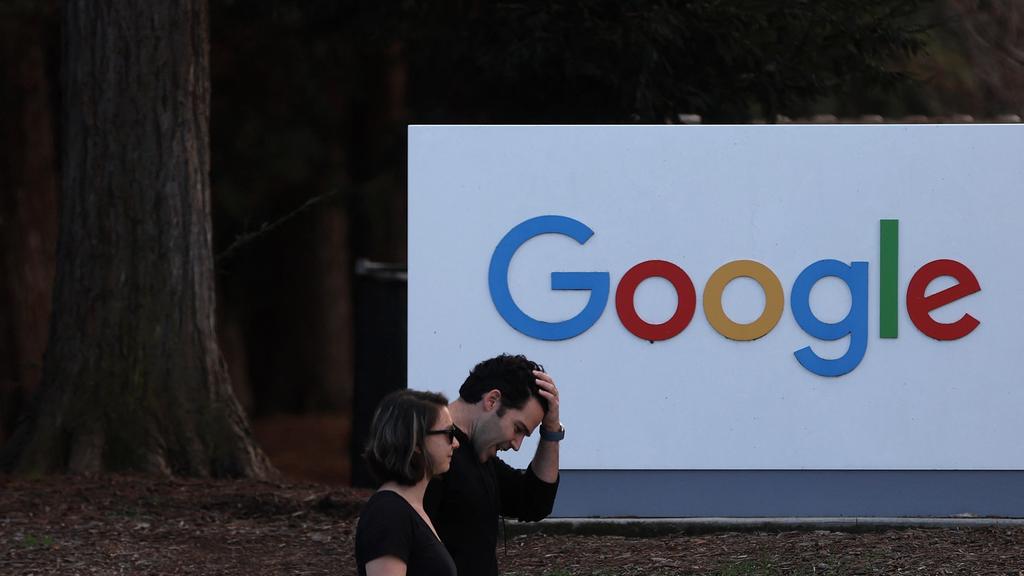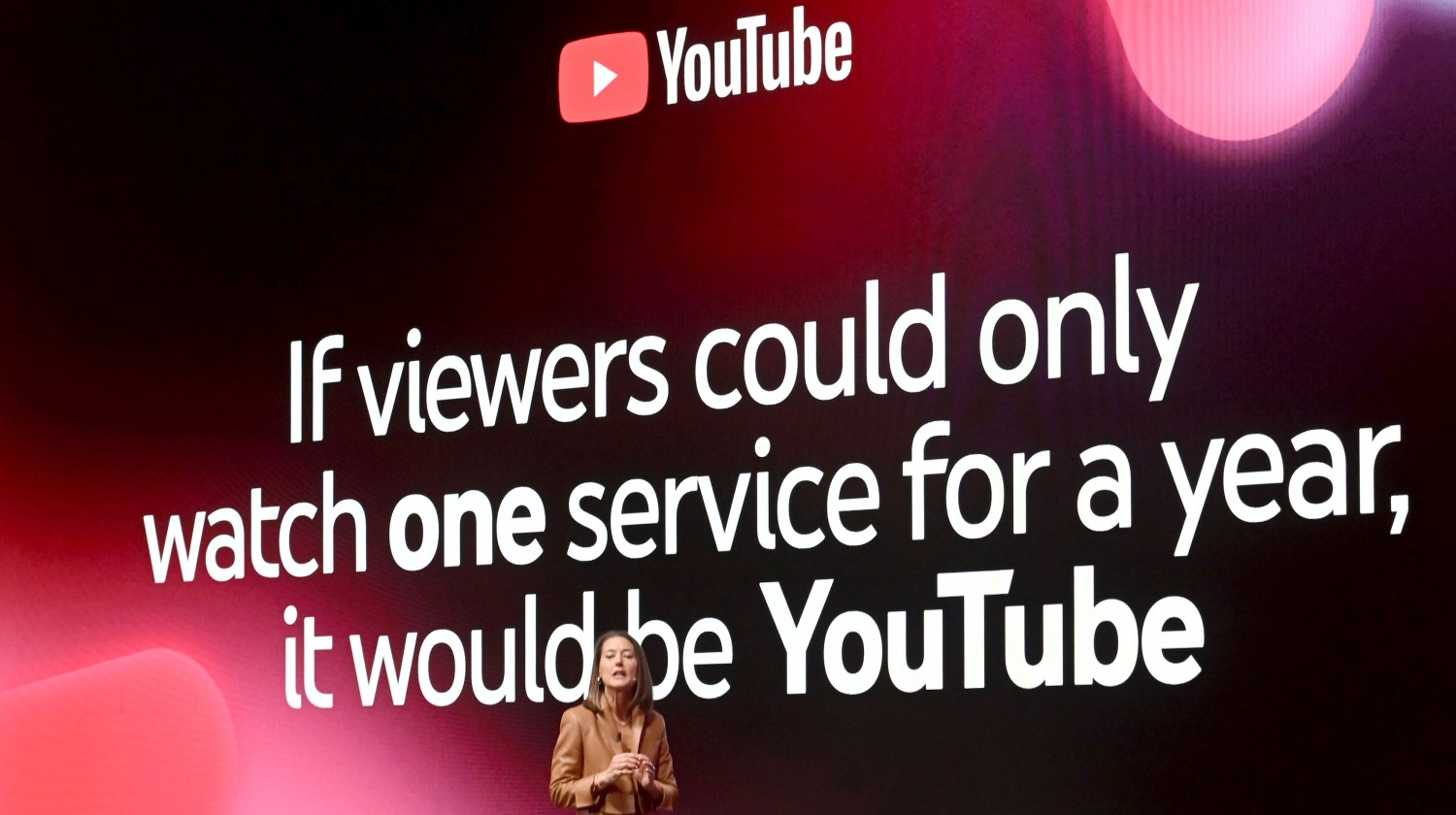
This article is more than
8 year oldYouTube sets rule to weed out worst content creators
SAN FRANCISCO — YouTube made a major policy change Thursday with an announcement that before creators can start making money from ads on the platform they'll have to reach a threshold of 10,000 viewers.
That buffer will give the company time to ensure a new channel isn't posting other people's content and, equally important, that the content conforms to YouTube's community guidelines and advertiser policies.
"After a creator hits 10k lifetime views on their channel, we’ll review their activity against our policies. If everything looks good, we’ll bring this channel into YouTube Partner Program and begin serving ads against their content. Together these new thresholds will help ensure revenue only flows to creators who are playing by the rules," the company said in its announcement.
Google-owned YouTube first launched its YouTube Partner Program in 2007, which allowed anyone to create a channel on the site and make money by posting videos. The more people who watched the videos, the more who saw the ads and the more money the person made.
A problem YouTube has long struggled with was to keep people from making money by posting others' videos on their channels.
It's also faced criticism as advertisers have found their ads running next to offensive and extremist content, causing many large companies to pull ads from the site.
The new policy is meant to help on both fronts.
The $80B business that linked all-American brands with hate content
YouTube has clearly drawn a line, said media analyst Paul Verna with eMarketer.
The change comes as the platform seeks to broaden from simply being a site where people could upload cat videos to a major player on the media scene.
It's a delicate balancing act as YouTube and other companies face a rapidly shifting world that they must constantly adapt to, said Verna.
“Some of the rules for how to play this game are being written as we go along,” he said.
YouTube must continue to support the legion of young “YouTubers” who’ve built lucrative empires by broadcasting from their bedrooms and all those who aspire to become like them, while at the same time appealing to professional content creators and now increasingly live TV.
The 10,000 viewer threshold will help “but I don’t know if by itself it’s going to address the advertising controversy," Verna said.




